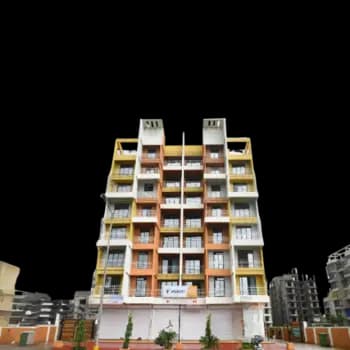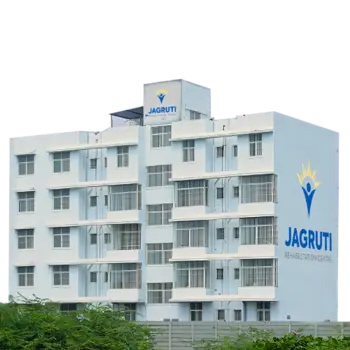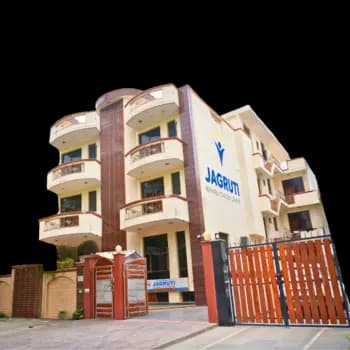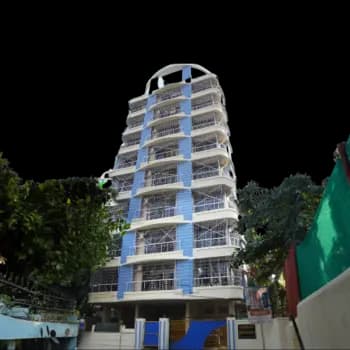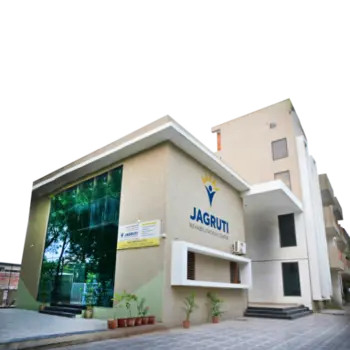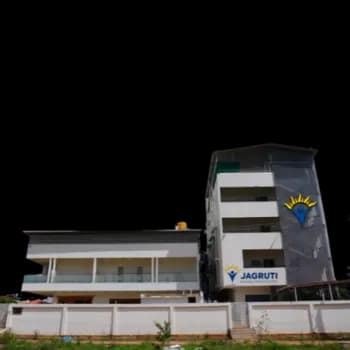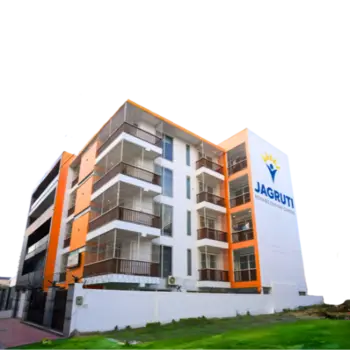Repetitive Transcranial Magnetic Stimulation (rTMS)
What is Repetitive Transcranial Magnetic Stimulation?
Repetitive Transcranial Magnetic Stimulation (rTMS) is a non-invasive, drug-free, and tolerable technique that explores cognitive functions. rTMS therapy is also particularly effective in learning the brain-behaviour relationship.
This therapy has proven to be effective for treating various neuropsychiatric disorders, as it can target and modulate certain specific regions of the brain. The excitability of neurones can be selectively controlled in discrete regions of the brain. This way, the slow-working or aggressively working parts of the brain can be restored to their natural speed.
Read on to learn more about rTMS therapy, why rTMS is used, how rTMS works, and what the possible side effects and complications of rTMS are.
rTMS vs. ECT
Repetitive Transcranial Magnetic Stimulation (rTMS) and Electroconvulsive Therapy (ECT) are brain-stimulating treatments for psychological disorders.
However, repetitive transcranial magnetic stimulation (rTMS) does not require anaesthesia, as it is a non-invasive procedure. It uses magnetic impulses and targets specific areas. ECT, however, uses electric currents after a patient has been administered general anaesthesia, as the procedure causes brief seizures.
Repetitive Transcranial Magnetic Stimulation (rTMS) is generally used to treat depression, but ECT treats more severe disorders and is the last resort for those patients who are unresponsive to other therapies.
Why Is rTMS Used?
Repetitive Transcranial Magnetic Stimulation (rTMS) is mostly used for treating depression when conventional methods prove to be ineffective. This therapy is also helpful for patients belonging to the age group 18 to 70.
This is highly recommended to those who cannot opt for electroconvulsive therapy due to various other health conditions. Patients suffering from depression, anxiety, and even schizophrenia, among other problems, have felt better after getting treated with this therapy.
However, experts are trying to administer this therapy for people who are suffering from compulsive disorders, chronic pains like migraines, stroke rehabilitation, and many more. The results have been positive in most cases.
How Does rTMS Work?
A complete pre-treatment and post-treatment procedure is followed to minimise the risk of side effects. Here is how rTMS therapy works:
- Before Treatment
The first step of rTMS therapy is the “mapping” process. This determines the optimal placement of the electromagnetic coil and the dose of magnetic energy to be given to the patient. Healthcare providers give earplugs to patients to minimise any discomfort.
Once the coil is placed on the head, stimulation pulses create a tapping sensation. This coil identifies the spot that causes movement in your fingers, followed by determining the “motor threshold,” i.e., the least amount of energy required to create a consistent movement in thumbs or fingers. - Treatment
Once the medical professional performing the procedure has analysed the medical history, the main treatment starts. Electromagnetic coils are placed on the head at a predetermined position. Earplugs must be worn at all times as the rapid tapping sensation can be uncomfortable for the patient.
The duration of the treatment varies based on the stimulation pattern. Pauses are taken at regular intervals to ensure that the treatment does not feel overwhelming to the patient. The duration of the session depends on the severity of the problem. However, on average, patients usually require 20-30 sessions of 30 minutes each. The procedure can be safely repeated twice daily. - Post-Treatment Sessions
Patients can resume their routine after every rTMS therapy session. Side effects like temporary headaches or mild scalp tenderness dissipate after some time. Since it is a non-invasive procedure for managing neuropsychiatric conditions, there is not much after-treatment care required.
What are the possible side effects and complications of rTMS?
rTMS therapy side effects are not observed among many patients because it is a non-invasive procedure. However, sometimes people suffer from mild headaches, occasional face twitching, and lightheadedness. Patients who do not use earplugs might experience seizures or even temporary loss of hearing. Patients suffering from severe bipolar disorders might also experience episodes of mania.
What are the costs of rTMS?
Charges of repetitive transcranial magnetic stimulation (rTMS) depend on the number of sessions and the deterioration of the mental health of a person. However, the total costs range somewhere between Rs 60,000 and Rs 75,000.
Who should avoid rTMS?
rTMS therapy should be avoided by people who have mental implants or any metal device in their heads. Aneurysm clips, braces, shrapnel, pacemakers, etc., can be dangerous. Patients must inform the professional medical practitioner about any kind of invasive procedures performed on them before opting for repetitive transcranial magnetic stimulation (rTMS).
